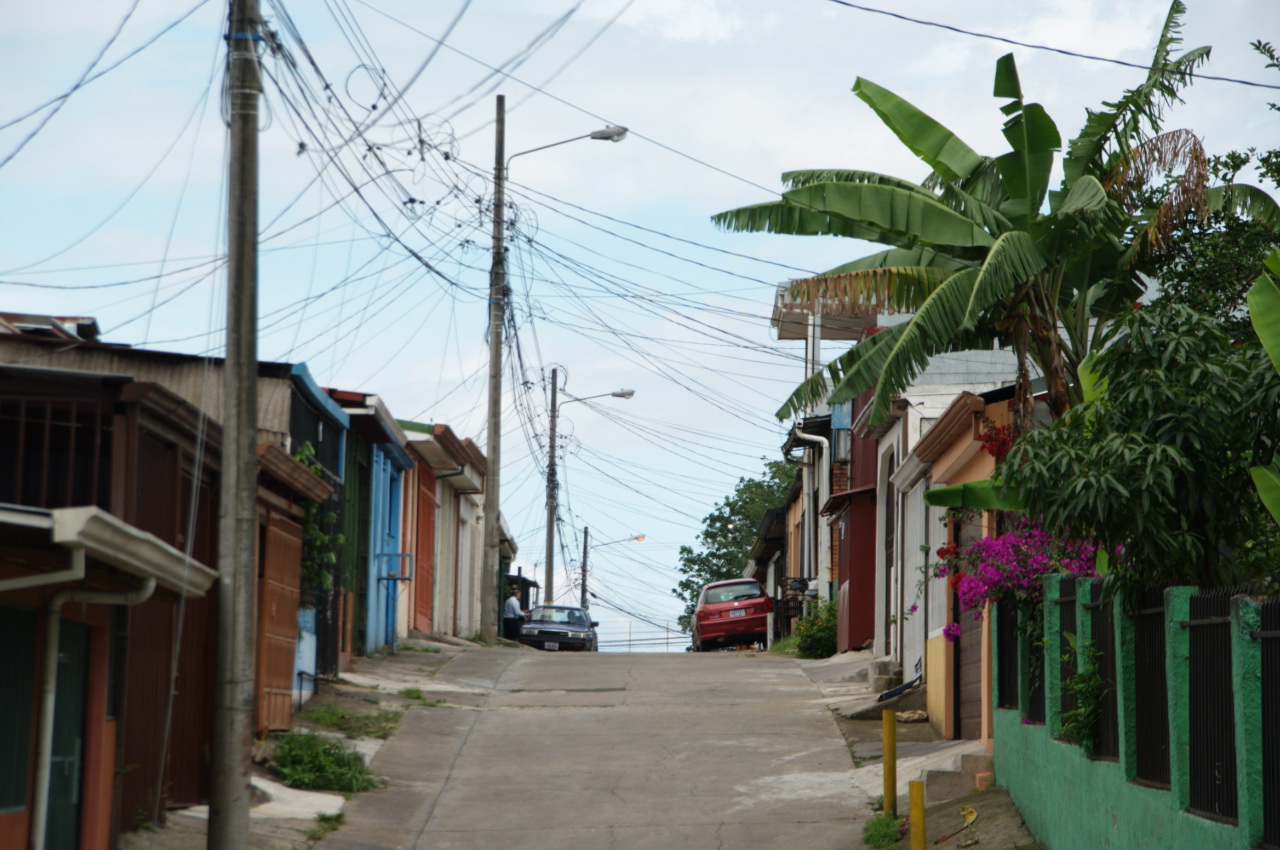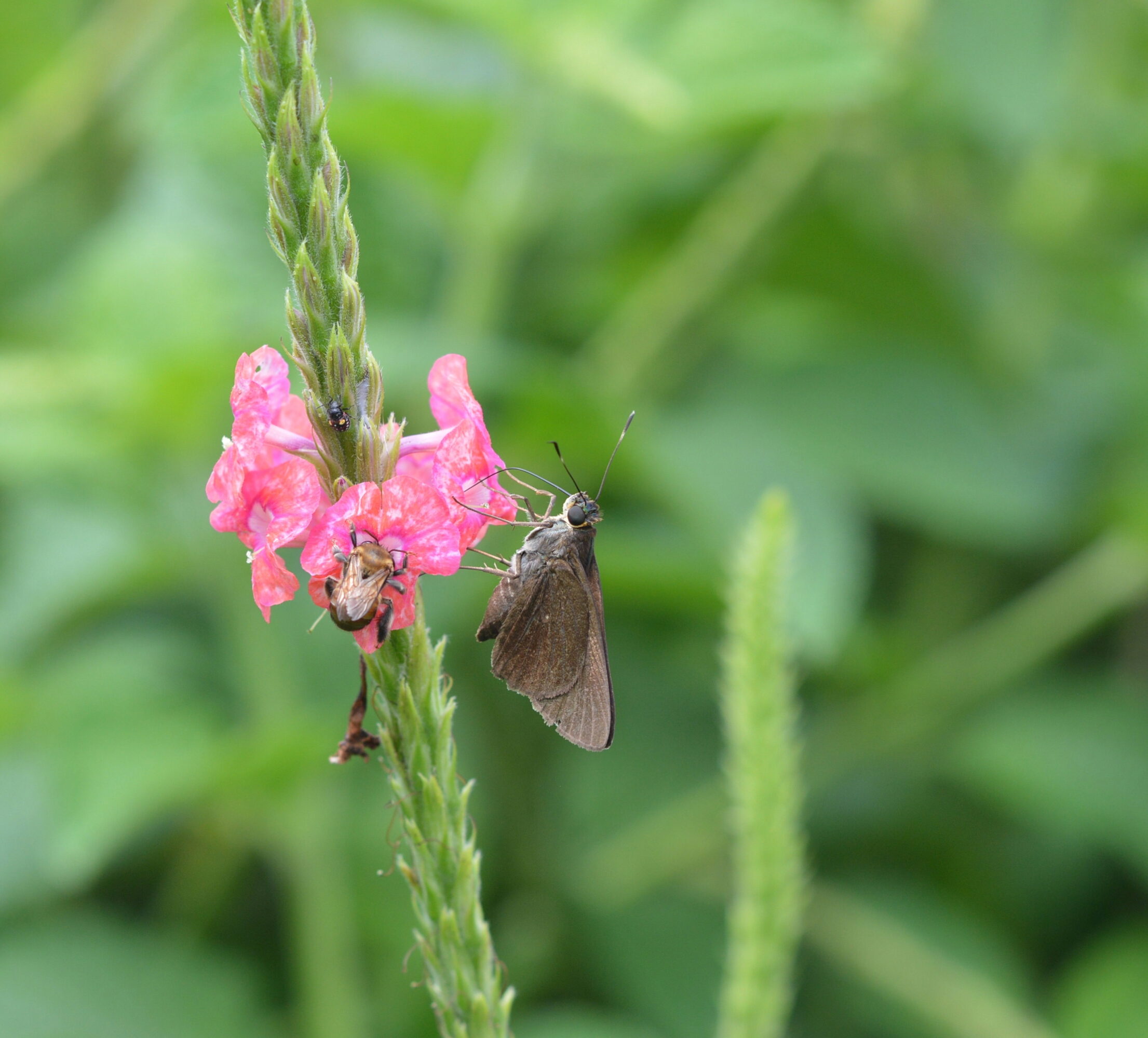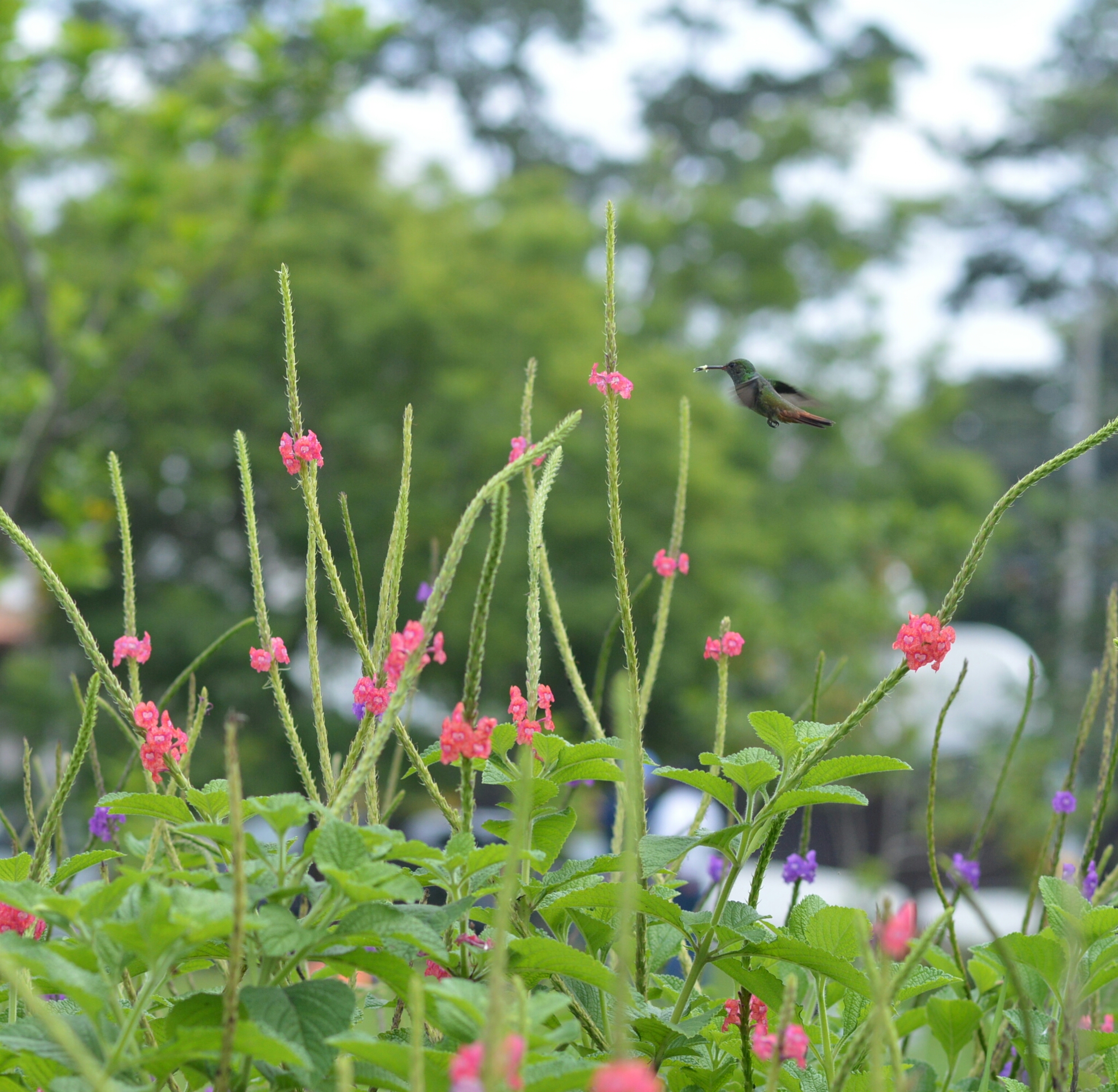curridabat, costa rica
Biophilic Cities Member since 2017
Executing many actions over the last few years to enhance citizen’s wellbeing through the increase of contact with nature, such as the creation and maintenance of public areas. In 2015, the Mayor ́s office (through its innovation team) started to conceptualize a whole new vision for the city, called Ciudad Dulce (“Sweet City”).
This vision has shown the potential to become a whole new development model for small and medium sized cities, which are the majority on the planet. These cities do not have enough economic resources but do have lots of natural resources, which can be reproduced to generate prosperity. In this sense, a Sweet City sees pollinators as an efficient agent of prosperity.
Sweet City aims to improve the experience of its inhabitants through 5 fundamental dimensions: Biodiversity, Infrastructure, Habitat, Coexistence and Productivity.
Biodiversity: to reintroduce biodiversity into the urban space, which basically means ̈to bring the park into the neighborhoods
Infrastructure: to align urban infrastructure and landscape architecture with biodiversity and not the other way around. Traditionally, infrastructure has been the mechanism to contain and structure nature within the urban landscape. With new challenges, such as climate change, infrastructure should make cities resilient and capable of adaptation while reducing their ecological footprint within the region. More specifically, how can we accommodate infrastructure so that rivers serve and enhance their ecological purpose within the territory? How does a drop of water travel within our cities? The urban infrastructure has been designed to promote runoff (to quickly drive the raindrops to the nearest river). Nowadays, it is necessary to design infrastructure that favors percolation, that is to say that the raindrop stays in the place where it falls.
Habitat: based on the previous two, this dimension aims to improve the relation of inhabitants with all urban elements. To design the territory to create a less segregated society (more accessible and integrated habitat), with better access to opportunities. How can we provide access to opportunities - such as work, education, goods and services, health and recreation – to everyone, equally? Habitat is focused mostly on how such opportunities are distributed across the landscape, along with the location of housing and the transportation systems (transit, private and non-motorized) to reach them. An example is the current 7600 Law (Law on Equal Opportunities for Persons with Disabilities) that establishes the construction of access ramps and installation of elevators in shops; however, from actual experience, a person with a disability can not even move to their neighborhood food store.
Coexistence: to enable vulnerable populations to provide cohesive influence on policy for a more inclusive habitat. Setting the conditions to integrate different members of our communities. This ranges from the inclusion of pollinators and pets to all the citizenry’s cohorts. Further, it includes temporary inhabitants or occupants, such as people who work but do not “reside” in the community. How friendly, pleasant and inclusive is our city for fauna – such as humming birds – and minorities, like female immigrants? For example, if only the owners are considered members of a community, and these are mostly men, the design of the city would exclude women, the migrant, and the pollinator as well as other citizens who actively coexist in the urban space.
Productivity: to revert the city’s most common and destructive pattern: resource-intensiveness. Turn the city from an extractive consuming power to a productive one. Despite the fact that the majority of the world’s citizens currently live in the urban setting, we continue to rely on the rural setting to produce electricity and food and subsidize the productive capacity of cities. How do the previous dimensions work as layers to set the stage for a more productive urban scenario?
City Contact: Irene María García Brenes, Director of the Mayor's Office
LOCAL NEWS
Biophilic Cities Welcomes Curridabat as Partner City
Curridabat, Costa Rica joins the Biophilic Cities Network as our newest partner city. Curridabat is located in the San José Province in Costa Rica and includes four districts: Curridabat, Granadilla, Sánchez, and Tirrases, with a population of around 65,000 inhabitants. Curridabat enhances citizen wellbeing by integrating nature into its community and has conceptualized a new vision for the city called “Sweet City” (Ciudad Dulce). The goal of “Sweet City” is to increase conservation efforts within the city specifically through increasing the number of pollinators along with a number of other efforts. The project, which began in March 2016, has already made progress toward this goal by planting native trees and plants in order to improve the watershed and attract pollinators such as bees, butterflies, bats, and birds.












